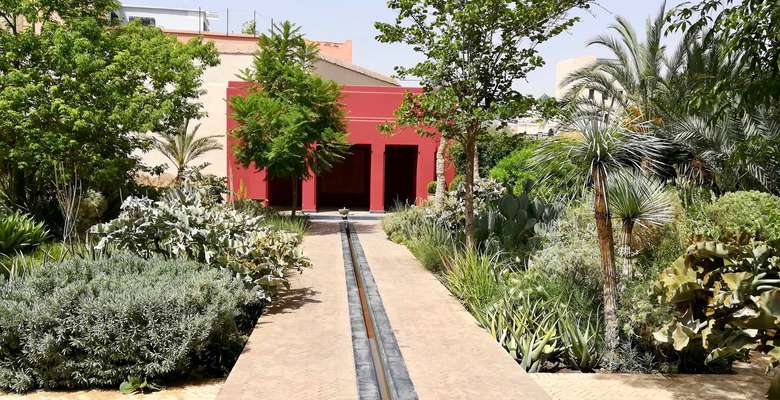Idea by
Bettina Siegele
Call for ideas 2020
Poliphila's dream of architecture
Poliphila's dream of architecture

- New alliances
Published in 1499 “Hypnerotomachia Poliphili” pictures Poliphilo's dream of his lost lover Polia. Within this dream Poliphilo is going on a journey, where he encounters enchanting woods, ruins, pyramids, theatres, as well as mythical creatures, allegories etc. Essential elements of this dream are the notions of architecture and its highly detailed descriptions. The architectural historian Alberto Pérez-Gómez describes “Hypnerotomachia Poliphili” as one of the first narratives of architectural practice that attempts to show that architecture is about much more than just form and space, it is also about time and human presence on earth. While in the original story the male protagonist Poliphilo is dreaming, it is my intention to reverse this gender role, hence, to let a female protagonist named Poliphila dream of the specific architecture. Much like in the original, the background story is just a framework for the extensive and detail-oriented depiction of spaces and buildings.
Poliphila's dream of architecture
Poliphila's dream of architecture

- New alliances
Published in 1499 “Hypnerotomachia Poliphili” pictures Poliphilo's dream of his lost lover Polia. Within this dream Poliphilo is going on a journey, where he encounters enchanting woods, ruins, pyramids, theatres, as well as mythical creatures, allegories etc. Essential elements of this dream are the notions of architecture and its highly detailed descriptions. The architectural historian Alberto Pérez-Gómez describes “Hypnerotomachia Poliphili” as one of the first narratives of architectural practice that attempts to show that architecture is about much more than just form and space, it is also about time and human presence on earth. While in the original story the male protagonist Poliphilo is dreaming, it is my intention to reverse this gender role, hence, to let a female protagonist named Poliphila dream of the specific architecture. Much like in the original, the background story is just a framework for the extensive and detail-oriented depiction of spaces and buildings.